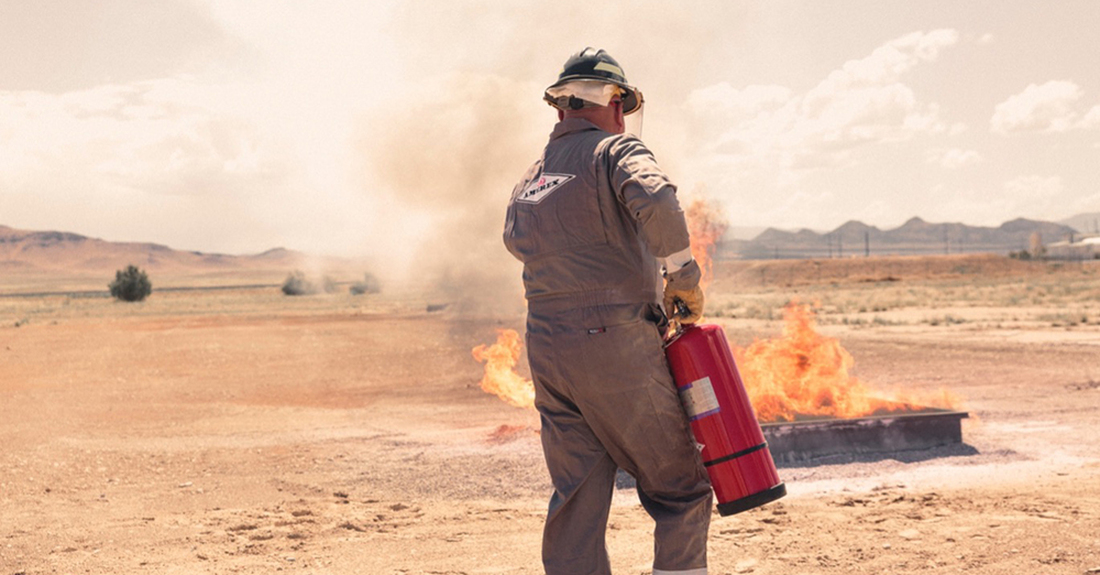
The choice of material in construction directly impacts a structure’s durability, safety, and fit for the environment. In wildfire-prone areas, the surge in wildfires has emphasized the need for construction materials that endure intense heat without failure. By understanding structural materials that increase resistance to wildfires, builders can reduce potential damage and preserve property during a wildfire. Moreover, this knowledge can improve building codes and standards of safety and sustainability.
Steel Framing
In wildfire-resistant construction, the benefits of steel framing extend beyond its inherent fire resistance. Unlike wood, steel does not burn, meaning it doesn’t contribute to the spread of fire. It retains its structural integrity at much higher temperatures, thereby reducing the risk of collapse during a wildfire. This durability also means that steel-framed buildings can often be repaired after a wildfire, rather than requiring complete demolition and reconstruction.
Fire-Retardant-Treated Wood
Fire-retardant-treated wood is a unique type of timber that undergoes special treatment to enhance its resistance to fire. The creation process involves the impregnation of the wood with fire-retardant chemicals that make the wood less combustible, slowing the spread of fire.
While fire-retardant-treated wood can indeed slow down the spread of fire, it should not be the first choice for utility poles if there are other viable options available. The treated wood is still prone to degradation over time and can lose its effectiveness when exposed to environmental elements.
Ductile Iron
Ductile iron is a structural material that increases resistance to wildfires primarily due to its unique manufacturing process, which gives it a strong molecular structure capable of withstanding intense heat. Unlike other materials, ductile iron can maintain its structural integrity at extremely high temperatures, reducing the risk of collapse and damage during a fire outbreak.
When it comes to durable utility poles, steel has traditionally been a popular choice due to its strength and fire resistance. However, ductile iron transmission poles have emerged as a competitive alternative due to their high heat tolerance and robustness.
Fire-Tested Ductile Iron Pole Results
Annealing is a heat treatment process that alters the physical and sometimes chemical properties of a material, often metal, to increase its ductility and reduce its hardness.
Concrete
Concrete offers numerous advantages in the design of wildfire-resistant buildings and other structures. Composed primarily of aggregate materials and cement, concrete is inherently fire-resistant. It does not burn, produce smoke, or drip molten particles, reducing the contribution to the spread of fire. In the face of extreme heat, the thick, dense nature of concrete provides a robust barrier, delaying the transfer of heat and helping to keep building interiors cool.
Using fire-resistant structural materials, such as steel framing, fire-retardant-treated wood, ductile iron, and concrete, significantly enhances the resilience of buildings and other structures against wildfires. Fire-resistant materials can save lives, protect property, create economic savings, and contribute to sustainability efforts.

